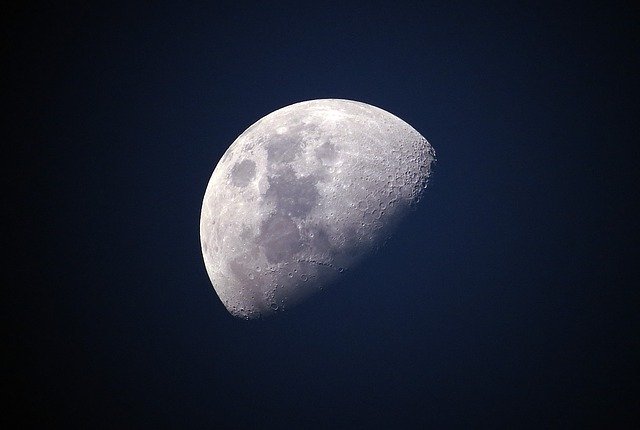The Chinese spacecraft QueQiao began the experiment in the field of radio astronomy and the Netherlands-China Low-Frequency Explorer (NCLE) – the mission specialists partially deployed five-meter antennas of the telescope. Within the framework of the project, it is planned to search for signals from objects of the early Universe and develop technologies for future space radio telescopes.
The QueQiao satellite was launched in May 2018 to support communication with the Chang’e-4 mission, which was the first soft landing on the back of the moon. At that time, the “QueQiao” was put into a halo orbit around the point of Lagrange L2 of the Earth-Moon system and worked in the repeater mode.
At the moment, the main tasks to support the Chang’e-4 mission (which includes the Yutu-2 probe operating on the lunar surface) have been completed, so the scientists decided to start carrying out additional experiments. One of them is The Netherlands-China Low-Frequency Explorer (NCLE) radio telescope the first Dutch-Chinese space observatory for radio astronomy. The task of this tool is to develop technologies for future missions that will try to register signals from objects of the early Universe.
On November 27, scientists began the process of unwrapping three five-meter antennas of the telescope, located at right angles to each other. Astronomers now have time throughout the lunar night, which lasts about 14 Earth days, to conduct research. The location of the satellite at Lagrange Point will allow it to stay in the shadow of the moon during this period of time so that the receivers will record less noise from the side of the Sun and earth.
The main part of the QueQiao mission lasted longer than expected, which affected the antenna sweep process. The start went smoothly, but as the process progressed, the process became more and more difficult. Scientists have decided not to try to open the equipment completely yet, and will conduct test observations with reduced sensitivity and, possibly, what has been started will succeed later. In their current state, astronomers hope to pick up signals from objects that existed 800 million years after the Big Bang.
A full-fledged system should register signals in a neutral hydrogen radio line at a wavelength of 21 centimetres, emitted after recombination during the dark centuries of the history of the Universe, when there were no compact light sources. This stage began 380 thousand years after the Big Bang and lasted about one hundred million years. Since this happened in the early Universe, all the wavelengths of all the signals of that era were extended tens of times due to redshift. This makes the corresponding frequency so low that the earth’s atmosphere becomes opaque to it.
